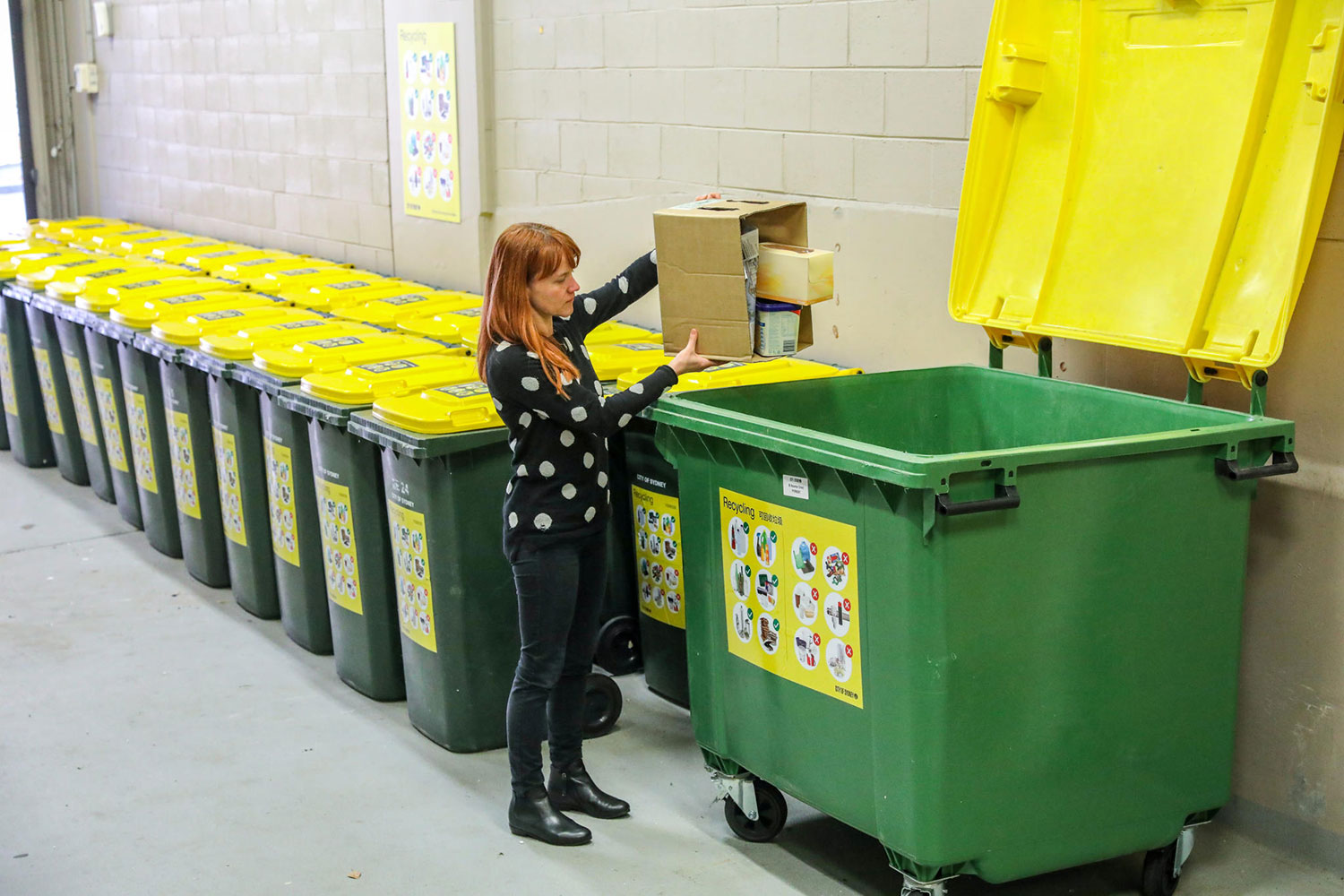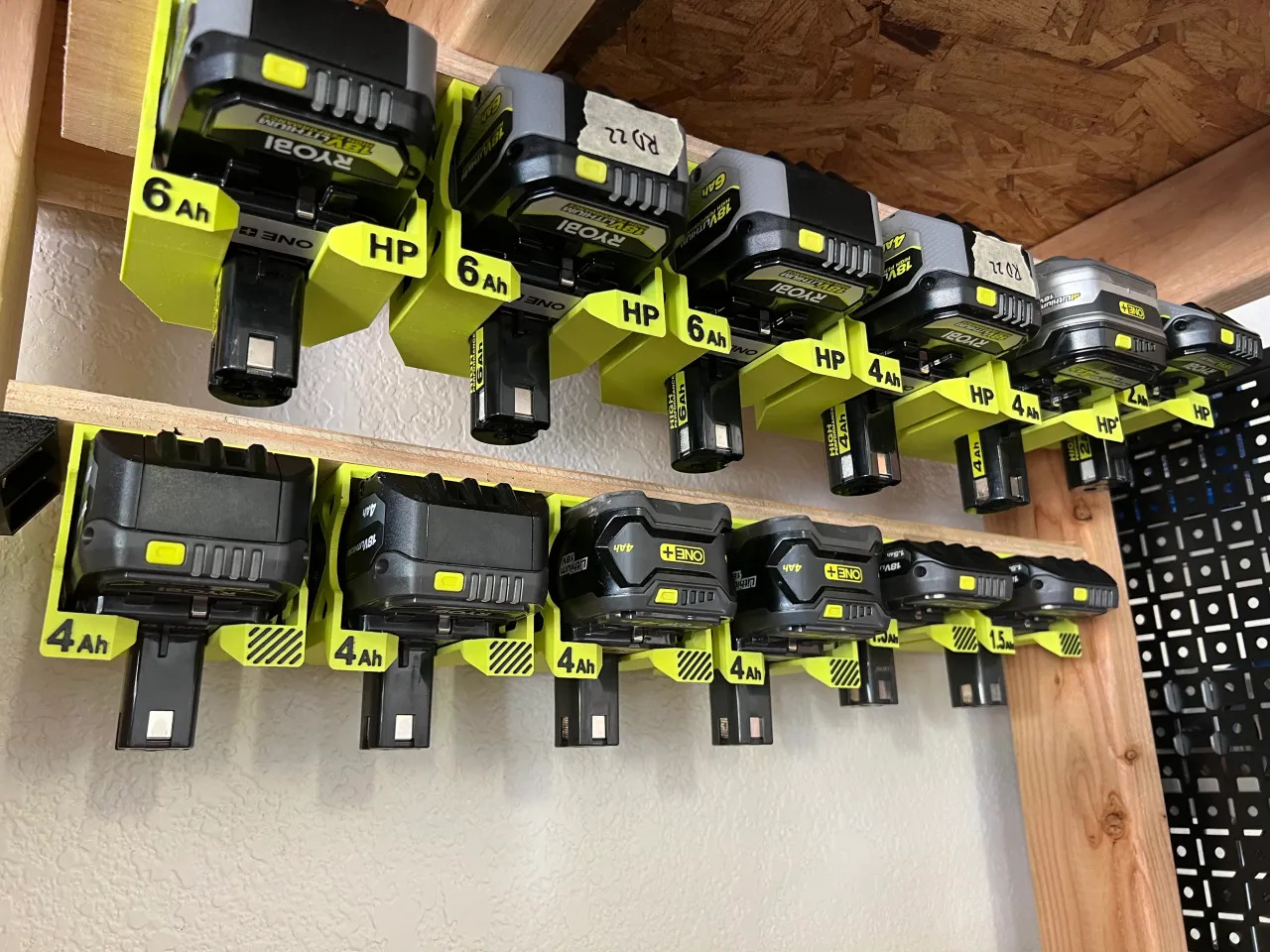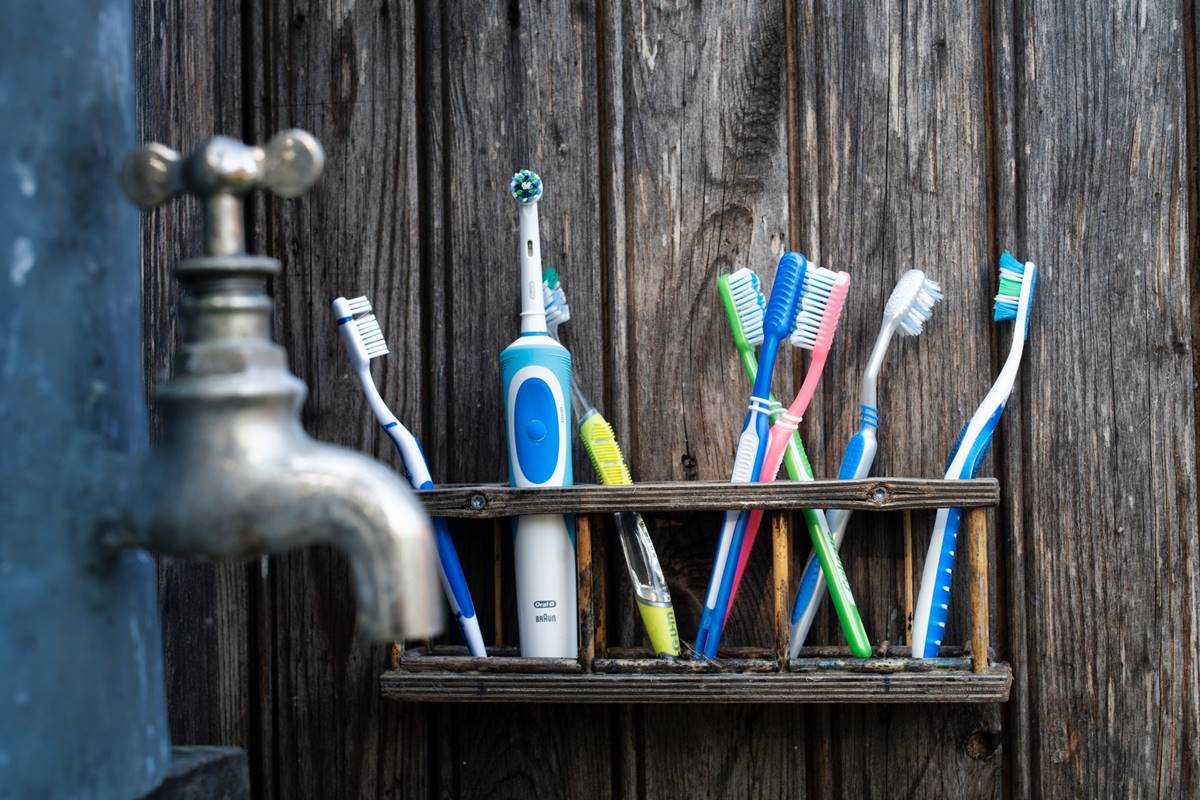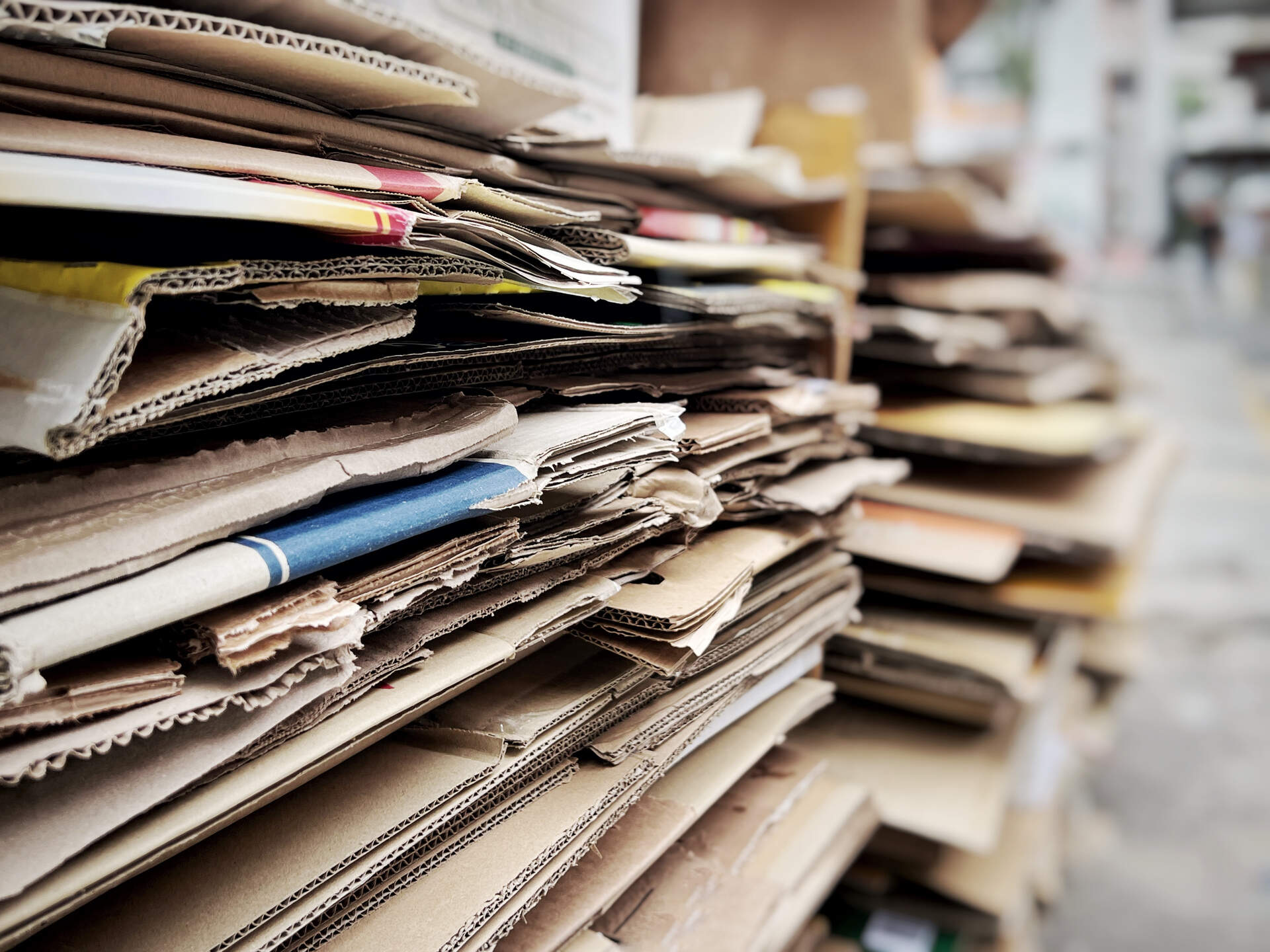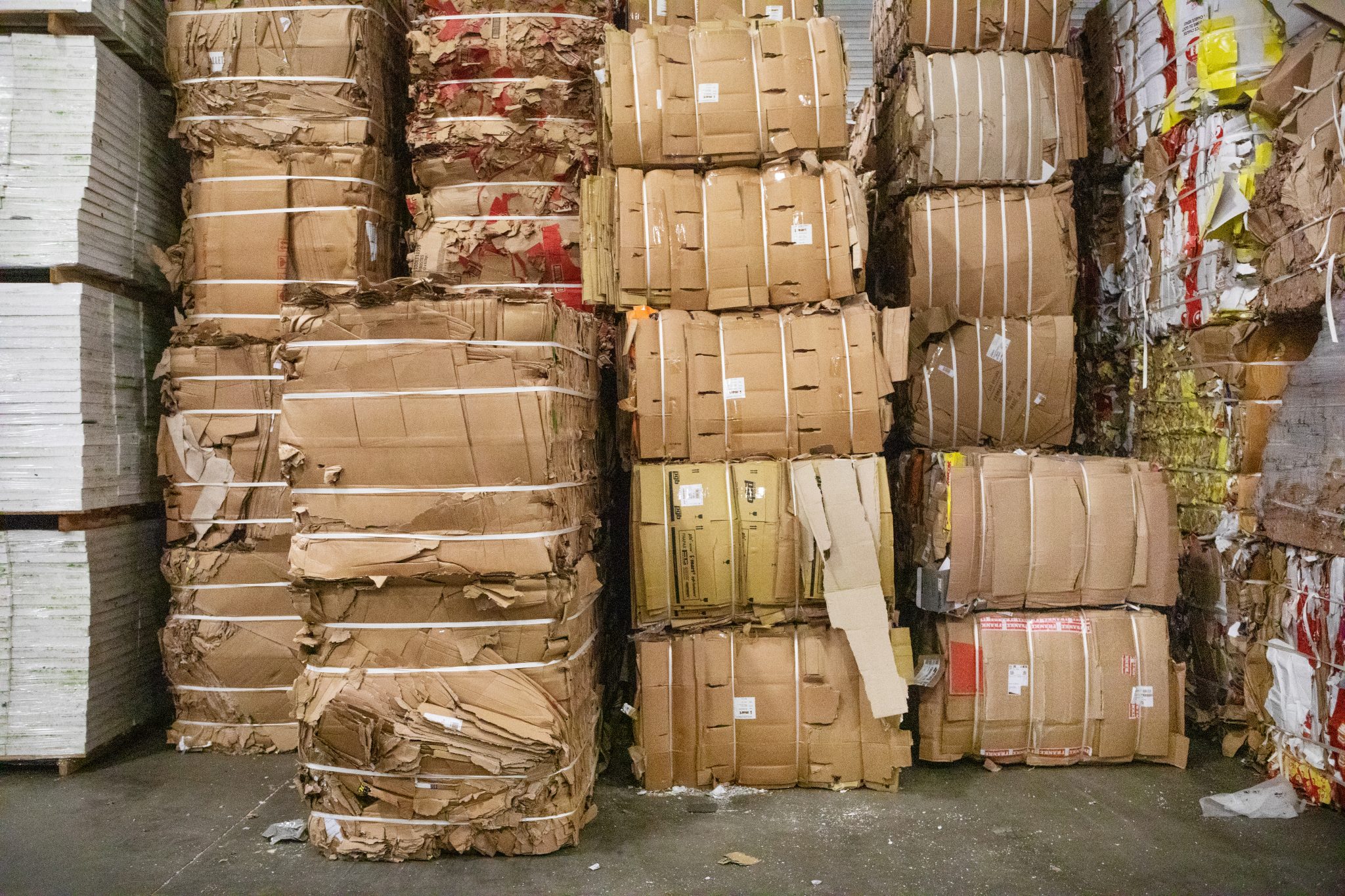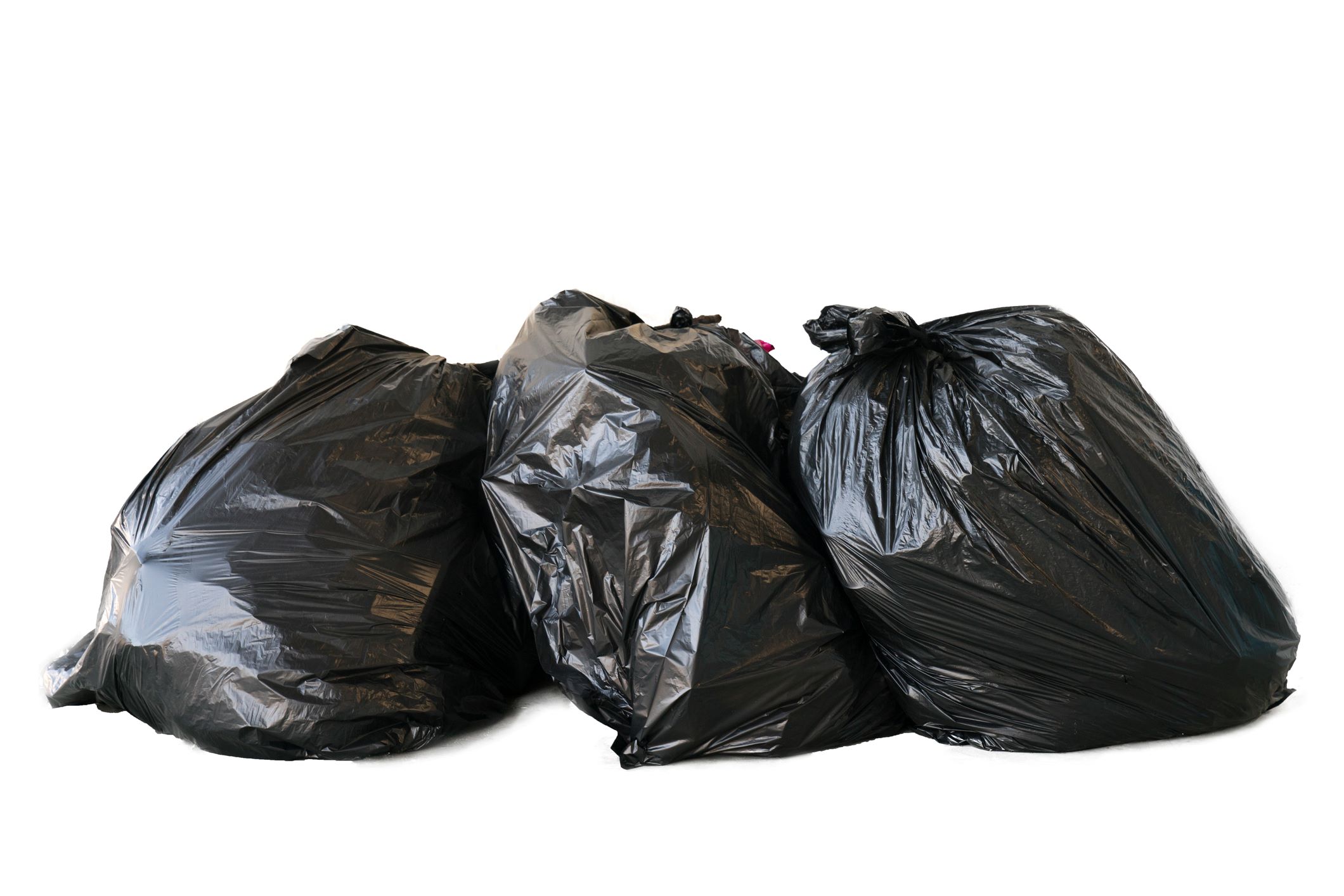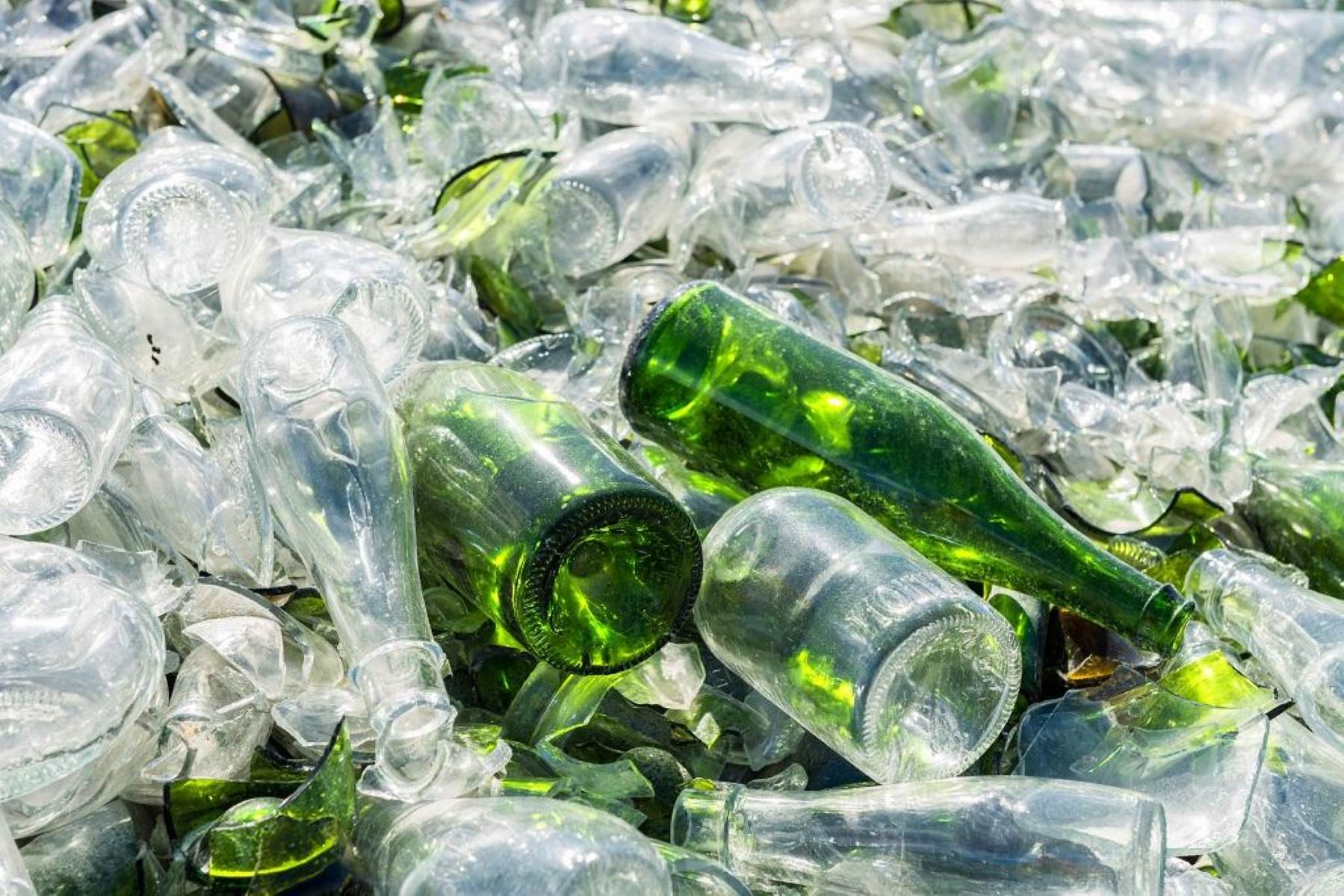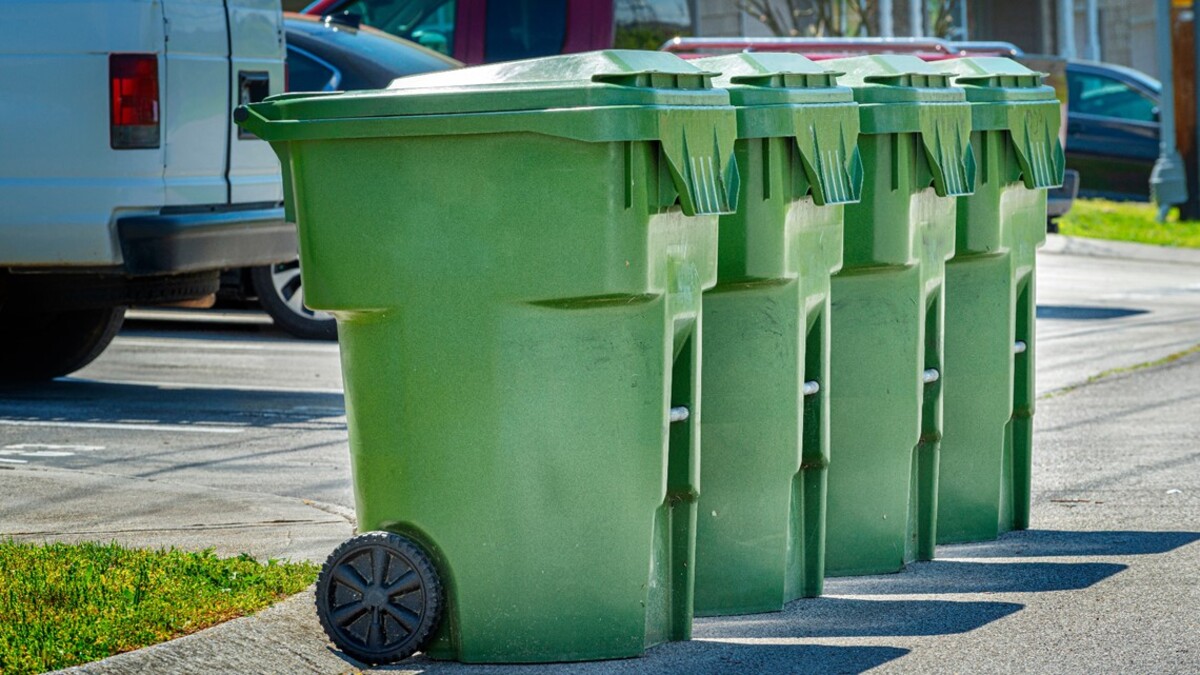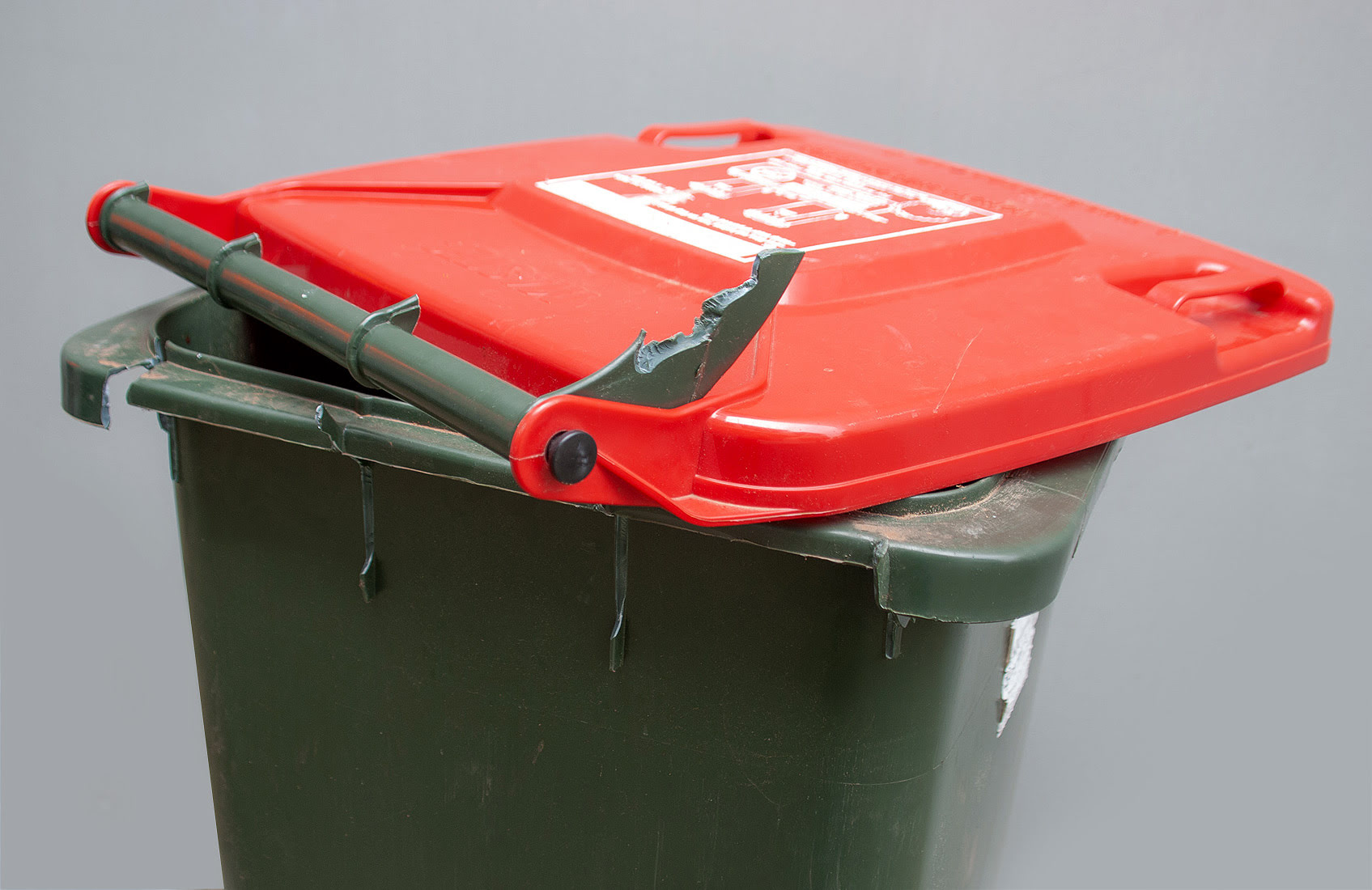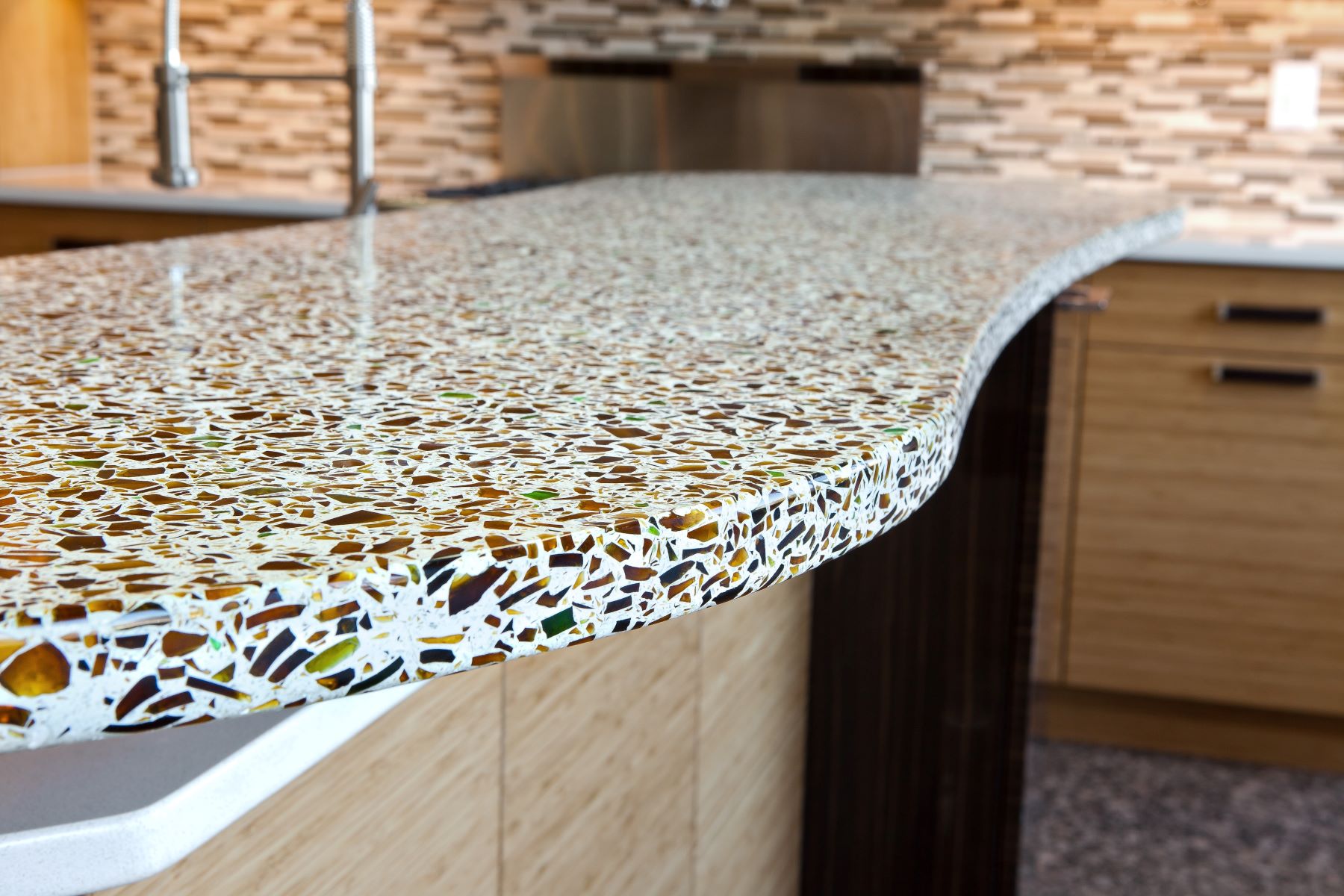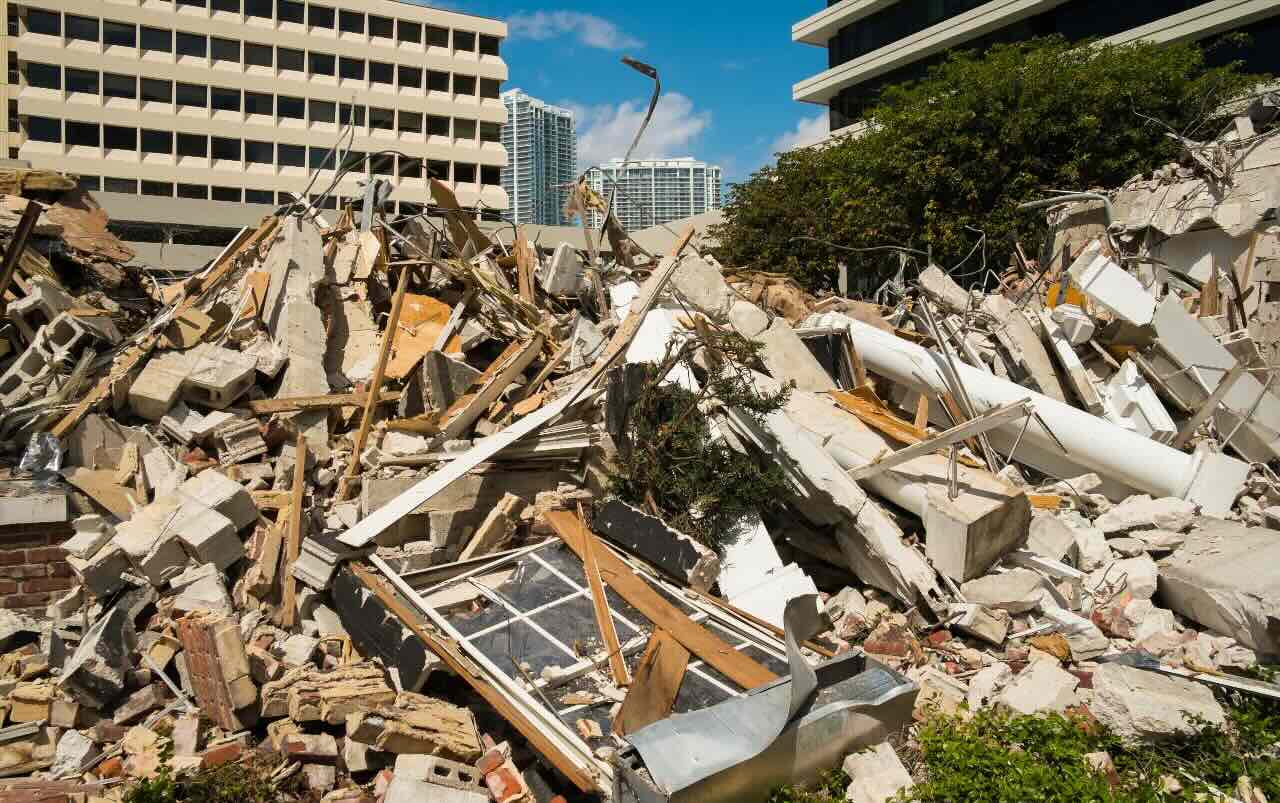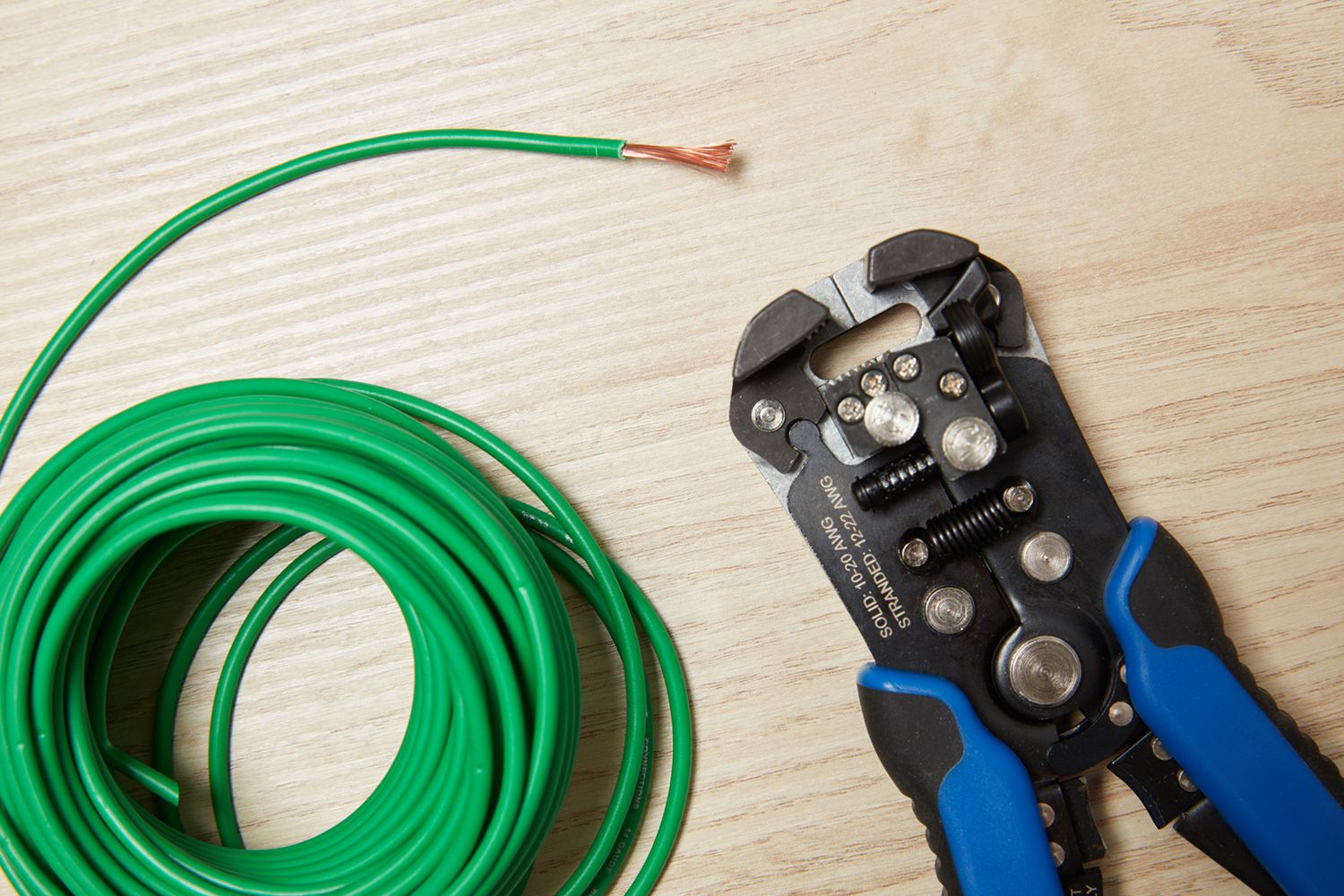Home>Furniture>Bedroom Furniture>How To Recycle A Mattress For Free
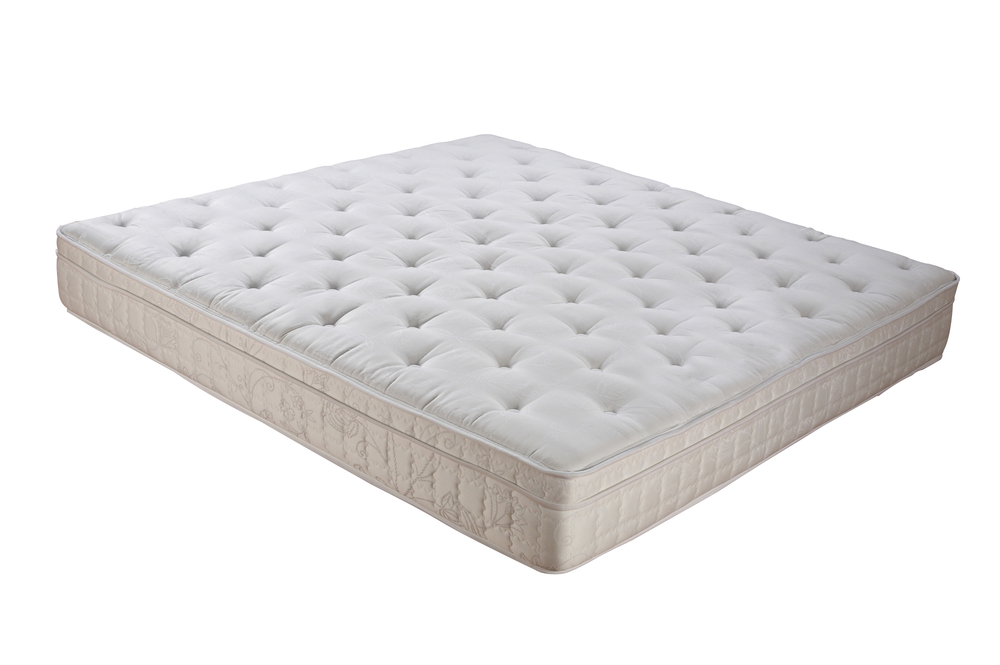

Bedroom Furniture
How To Recycle A Mattress For Free
Modified: August 30, 2024
Learn how to recycle a mattress for free and contribute to sustainable living. Discover eco-friendly solutions for disposing of your bedroom furniture and reducing waste.
(Many of the links in this article redirect to a specific reviewed product. Your purchase of these products through affiliate links helps to generate commission for Storables.com, at no extra cost. Learn more)
Introduction
When it’s time to say goodbye to your old mattress and upgrade to a new one, you may be wondering what to do with the old one. Instead of simply tossing it in the landfill, recycling your mattress is an eco-friendly and responsible option. Not only does mattress recycling help reduce waste and conserve valuable resources, but it also contributes to a cleaner and healthier environment.
In this article, we’ll explore why recycling a mattress is important and provide you with various methods to recycle your mattress for free. Whether you’re looking to donate it, arrange for curbside pickup, or explore DIY recycling methods, we’ve got you covered.
Key Takeaways:
- Recycling your old mattress is crucial for reducing waste, conserving resources, and preventing pollution. Explore various options like donation, curbside pickup, and DIY recycling to make a positive impact on the environment.
- Take advantage of manufacturer take-back programs, local recycling facilities, and DIY projects to repurpose your old mattress creatively. Each step towards recycling contributes to a healthier and more sustainable environment.
Read more: How To Get A Free Mattress From Medicare
Why Recycling a Mattress is Important
Mattresses are bulky and take up a significant amount of space in landfills. In addition, they often contain materials that can be recycled, such as foam, metal springs, and fabric. By recycling your mattress, you can help reduce the amount of waste sent to landfills and conserve natural resources.
Furthermore, recycling mattresses has a positive impact on the environment. The mattress materials, including foam and metal springs, can be repurposed and used in the production of new products. Recycling also helps reduce greenhouse gas emissions that are released when mattresses decompose in landfills. By recycling, you can contribute to the overall sustainability and conservation efforts.
How to Determine If Your Mattress is Recyclable
Before diving into the recycling process, it’s important to determine if your mattress is recyclable. Most mattresses, including traditional innerspring, memory foam, and hybrid mattresses, can be recycled. However, mattresses that are severely damaged, waterlogged, or infested with bed bugs may not be accepted for recycling.
To determine if your mattress is recyclable, you can check with the manufacturer or contact local recycling facilities to find out their requirements. They will provide you with guidance on whether your mattress is eligible for recycling and the steps you need to follow.
Key Takeaways:
- Recycling your old mattress is crucial for reducing waste, conserving resources, and preventing pollution. Explore various options like donation, curbside pickup, and DIY recycling to make a positive impact on the environment.
- Take advantage of manufacturer take-back programs, local recycling facilities, and DIY projects to repurpose your old mattress creatively. Each step towards recycling contributes to a healthier and more sustainable environment.
Read more: How To Get A Free Mattress From Medicare
Why Recycling a Mattress is Important
Recycling a mattress is not only a responsible choice but also plays a crucial role in environmental sustainability. Here are some reasons why recycling your old mattress is important:
- Reducing waste in landfills: Mattresses take up a significant amount of space in landfills due to their large size and bulkiness. By choosing to recycle, you can help decrease the amount of waste that ends up in landfills, ultimately reducing the strain on these already limited spaces.
- Conserving valuable resources: Mattresses are constructed using various materials, including metal springs, foam, fabric, and wood. By recycling these materials, we can conserve valuable resources such as metal and wood, which would otherwise be obtained through the extraction of raw materials. Recycling helps promote a circular economy where materials are reused, reducing the need for new resource extraction.
- Preventing pollution: When mattresses decompose in landfills, they release harmful substances and greenhouse gases into the atmosphere. These substances can contaminate soil and water sources, posing a threat to both the environment and human health. By recycling mattresses, we can significantly reduce the amount of pollution generated through their decomposition.
- Supporting a thriving recycling industry: Recycling mattresses helps create job opportunities and supports the growth of the recycling industry. By actively participating in mattress recycling programs, you contribute to the overall sustainability of the local economy and help foster a greener and more environmentally conscious society.
- Encouraging innovation: Recycling mattresses stimulates innovation and the development of new technologies and processes. As more and more mattresses are recycled, companies and researchers can explore creative ways to repurpose mattress materials or develop more efficient recycling techniques. This helps drive progress in the field of waste management and sustainability.
By recycling your mattress, you are not only minimizing the environmental impact but also taking a proactive step towards a more sustainable future. Every recycled mattress is a step closer to conserving resources, reducing pollution, and supporting a thriving recycling industry. It’s a small action that can make a big difference in protecting our planet for future generations.
How to Determine If Your Mattress is Recyclable
Before you start the mattress recycling process, it’s important to determine if your mattress is recyclable. Here are some steps to help you determine if your mattress can be recycled:
- Check with the manufacturer: Begin by checking with the manufacturer of your mattress. Look for information on their website or contact their customer service department to inquire about their recycling policies. The manufacturer can provide valuable guidance on whether your specific mattress is recyclable and any specific instructions or recommendations for the recycling process.
- Research local recycling facilities: Research local recycling facilities or waste management centers in your area. Contact them to inquire about their mattress recycling programs and whether they accept the type of mattress you have. These facilities often have specific guidelines and requirements for mattress recycling, so it’s crucial to obtain accurate information from them.
- Consider the mattress materials: Evaluate the materials used in your mattress. Most mattresses, including traditional innerspring, memory foam, and hybrid mattresses, can be recycled. However, some mattresses may contain components that are not recyclable, such as waterlogged mattresses or ones infested with bed bugs. Determine if the materials in your mattress can be repurposed or recycled.
- Inspect the mattress condition: Assess the overall condition of your mattress. Damaged mattresses, such as those with significant tears or structural issues, may not be accepted for recycling. Mattresses that are excessively soiled or have been exposed to water damage may also be unsuitable for recycling. It’s essential to ensure your mattress is in an acceptable condition for recycling.
- Consult with local recycling programs: Many municipalities offer specific mattress recycling programs. Contact your local recycling center or waste management program to learn about any available mattress recycling initiatives or events in your area. They can provide information on drop-off locations, curbside pickup options, or scheduled community recycling events.
By following these steps, you can determine if your mattress is recyclable and identify the most suitable recycling options available to you. It’s crucial to gather accurate information from the manufacturer, recycling facilities, and local recycling programs to ensure a smooth and effective mattress recycling process.
Read more: Why Is Glass No Longer Recyclable
Finding Local Mattress Recycling Options
If you’re ready to recycle your mattress, there are several options you can explore to find local mattress recycling facilities. Here are some effective ways to find mattress recycling options in your area:
- Check with your local recycling center or waste management facility: Start by contacting your local recycling center or waste management facility. They can provide information on whether they accept mattresses and if they have specific guidelines or requirements for mattress recycling. They may also offer drop-off locations or curbside pickup services for mattresses.
- Research online: Conduct an online search using keywords such as “mattress recycling near me” or “mattress recycling facilities [your location].” This can lead you to websites or directories that provide a list of local recycling options. Be sure to explore multiple sources and check for reviews or testimonials from other customers to ensure the legitimacy and reliability of the recycling facilities.
- Consult local charities or non-profit organizations: Some non-profit organizations or charities might accept mattress donations and have programs in place to recycle or repurpose them. Contact local organizations such as homeless shelters, women’s shelters, or furniture banks to learn if they accept mattress donations and if they have recycling initiatives.
- Check with mattress retailers: Reach out to local mattress retailers and inquire if they have a mattress take-back program. Some retailers offer recycling services for old mattresses when you purchase a new one from them. This can be a convenient option as they may arrange for the pickup and recycling of your old mattress.
- Engage with community recycling events: Keep an eye out for community recycling events or initiatives. Many municipalities organize annual or seasonal recycling events where they accept various items, including mattresses. These events can provide an opportunity to conveniently recycle your mattress and connect with local recycling resources.
Remember to contact the recycling facilities or organizations directly to gather specific information about their mattress recycling processes, any fees involved, and to ensure that they accept the type of mattress you have. By exploring these options, you can find local mattress recycling opportunities that align with your needs and contribute to a more sustainable future.
Many mattress retailers offer free recycling programs when you purchase a new mattress from them. Check with your local mattress stores to see if they offer this service.
Donate Your Mattress to Non-Profit Organizations
If your mattress is in good condition and can still provide a comfortable sleeping surface, donating it to non-profit organizations can be a great option. Here’s how you can donate your mattress to those in need:
- Research local charities and organizations: Look for local non-profit organizations, shelters, or charities that accept mattress donations. Homeless shelters, women’s shelters, transitional housing programs, and organizations focused on helping those in need are potential recipients of donated mattresses.
- Contact the selected organizations: Reach out to the organizations you’ve identified and inquire if they accept mattress donations. Some organizations have specific guidelines regarding the condition of mattresses they can accept, so it’s essential to gather this information in advance.
- Ensure your mattress meets donation requirements: Confirm that your mattress meets the charity’s donation guidelines. They may require the mattress to be clean, free from rips or tears, and have fire safety labels intact. Some organizations might only accept certain types of mattresses, such as twin beds or mattresses without memory foam.
- Arrange for pickup or drop-off: Coordinate with the organization to schedule a pickup or drop-off of your donated mattress. Some organizations may offer a pickup service, while others may require you to bring the mattress to their facility. Ensure that you follow their instructions and comply with any safety protocols or donation procedures they have in place.
- Get a donation receipt: Ask for a receipt or acknowledgment of your donation. Charitable organizations often provide donation receipts that can be used for tax purposes. These receipts can help you claim a deduction on your taxes, so be sure to keep them for your records.
Donating your mattress to non-profit organizations not only helps those in need but also promotes a circular economy by extending the lifespan of the mattress. It’s a rewarding way to contribute to your community while reducing waste and environmental impact.
Before donating, ensure that your mattress is in good condition and can provide a safe and comfortable sleeping surface. It’s also a good practice to communicate with the organizations to understand their specific guidelines and ensure that your donation will be put to good use.
Arrange for Curbside Mattress Pickup
If you’re looking for a convenient option to recycle your mattress, arranging for curbside pickup can be a great solution. Here’s how you can easily schedule curbside mattress pickup:
- Check with local waste management or recycling programs: Start by contacting your local waste management or recycling program to inquire if they offer curbside mattress pickup services. Some municipalities provide this service as part of their regular waste collection schedule or have specific dates for bulk item pickups.
- Follow any guidelines or requirements: Make sure you understand any guidelines or requirements for curbside pickup. This may include bundling the mattress in plastic wrap, removing the bedding, or placing the mattress in a specific location for collection.
- Schedule the pickup: Contact the waste management or recycling program to schedule the pickup. They will provide you with the necessary information about the pickup date, time, and any additional instructions. Make sure to mark the scheduled pickup date on your calendar to ensure you’re prepared.
- Prepare the mattress for pickup: Follow any instructions provided by the waste management or recycling program to prepare the mattress for pickup. This may involve wrapping the mattress in plastic or securing it with straps to facilitate safe and easy collection.
- Place the mattress at the designated location: On the scheduled pickup day, place the mattress at the designated location for collection. Ensure that it is easily accessible for the collection crew and won’t obstruct any pathways or public areas.
Curbside mattress pickup provides a convenient way to recycle your mattress without having to transport it yourself. It’s important to be aware of any specific requirements or guidelines set by your local waste management or recycling program to ensure a smooth and successful pickup.
Keep in mind that curbside pickup availability may vary depending on your location, so it’s essential to check with your local waste management or recycling program to confirm if this service is offered in your area.
By utilizing curbside mattress pickup, you can easily dispose of your mattress in an environmentally-friendly manner without the hassle of transporting it to a recycling facility yourself.
Take Advantage of Manufacturer Take-Back Programs
One convenient and environmentally responsible option for recycling your mattress is to take advantage of manufacturer take-back programs. Many mattress manufacturers offer these programs, allowing you to return your old mattress when you purchase a new one. Here’s how you can make the most of these take-back programs:
- Research mattress manufacturers: Start by researching mattress manufacturers in your area or those whose products you are interested in purchasing. Visit their websites or contact their customer service to inquire about their take-back programs. Look for information about their recycling initiatives and whether they accept old mattresses for recycling.
- Find out program details: Once you identify manufacturers with take-back programs, find out the specific details of their programs. Inquire about any requirements or conditions for returning the mattress, such as proof of purchase, the age of the mattress, or its condition. It’s important to understand what is expected in order to participate in the program.
- Purchase a new mattress: When you’re ready to replace your old mattress, purchase a new one from a manufacturer that offers a take-back program. Inform the retailer or customer service representative that you would like to participate in the take-back program and recycle your old mattress.
- Schedule pickup or drop-off: The mattress manufacturer will guide you through the process of returning the old mattress. They may offer options for pickup or drop-off at designated locations. Follow their instructions to arrange for your old mattress to be collected and recycled.
- Enjoy your new mattress: Once you’ve returned your old mattress through the manufacturer’s take-back program, you can enjoy your new mattress knowing that you have made an eco-friendly choice. The manufacturer will ensure that the old mattress is recycled or properly disposed of.
Manufacturer take-back programs make recycling your old mattress convenient, as it can be done seamlessly when purchasing a new one. These programs allow you to actively contribute to the recycling efforts of mattress manufacturers and promote sustainable practices in the industry.
Remember to inquire about the specific details of the take-back program and ensure that you comply with any requirements set by the manufacturer. By participating in these programs, you can play your part in reducing waste and minimizing the environmental impact of old mattresses.
Read more: How To Hide The Recycling Bin
Utilize Recycling Facilities or Drop-off Locations
If you prefer to take a more hands-on approach in recycling your mattress, utilizing recycling facilities or drop-off locations is a great option. Here’s how you can make the most of these recycling options:
- Research local recycling facilities: Start by researching local recycling facilities in your area that accept mattresses. Check with waste management centers, recycling centers, or designated recycling facilities to find out if they have mattress recycling programs.
- Ensure mattress acceptance: Contact the recycling facilities to confirm that they accept mattresses. Inquire about any specific guidelines, such as the condition of the mattress, requirements for dismantling or preparing the mattress for recycling, and any associated costs or fees for drop-off.
- Prepare the mattress for recycling: Follow any instructions provided by the recycling facility to prepare your mattress for drop-off. This may include cleaning the mattress, removing bedding and accessories, and ensuring it is free from any contaminants.
- Schedule drop-off: Coordinate with the recycling facility to schedule a drop-off time. Ensure you understand their operating hours and any specific procedures or protocols in place for mattress drop-off. If necessary, inquire about any paperwork or documentation required for the drop-off.
- Transport and drop off your mattress: Transport the mattress to the designated recycling facility during the scheduled drop-off time. Follow any instructions provided by the facility regarding unloading or depositing the mattress. Be prepared to pay any applicable fees, if applicable.
Utilizing recycling facilities or drop-off locations allows you to personally ensure that your mattress is properly recycled. By participating in these programs, you actively contribute to the reduction of waste sent to landfills and the promotion of sustainable waste management practices.
It’s important to contact the recycling facilities in advance to understand their specific requirements and procedures. Additionally, confirm the availability and location of drop-off points to ensure a smooth and successful mattress recycling experience.
By taking advantage of recycling facilities or drop-off locations, you can play an active role in reducing waste and promoting eco-friendly practices in your community.
DIY Mattress Recycling Methods
If you are feeling creative and want to embark on a do-it-yourself (DIY) project, there are several DIY mattress recycling methods you can explore. While these methods require some time and effort, they offer a hands-on approach to repurposing the materials in your old mattress. Here are a few DIY recycling options:
- Repurpose the materials: Disassemble your mattress and separate its components, such as the foam, fabric, and metal springs. Each material can be repurposed for various projects. You can use the foam for cushions or pillows, repurpose the fabric for upholstery or crafting, and recycle the metal springs at a local scrap metal facility.
- Create a pet bed or cushion: Utilize the foam and fabric from your old mattress to create a comfortable bed or cushion for your pets. Cut the foam to the desired size, cover it with the fabric, and secure the edges. This DIY project not only repurposes the materials but also provides a cozy spot for your furry friends.
- Build a garden bed: If you have a green thumb, consider using the wooden frame of your old mattress to build a raised garden bed. Remove the fabric and foam, leaving only the wooden frame. Place the frame in your garden, fill it with soil, and plant your favorite flowers, herbs, or vegetables. This DIY project repurposes the wood and creates a sustainable gardening solution.
- Donate to artisans or crafters: Connect with local artisans, crafters, or DIY enthusiasts who may be interested in repurposing mattress materials for their projects. Many artists and craftsmen often seek unique materials for their creations. Offer them the foam, fabric, or springs from your mattress, allowing them to give these materials a new life in their artistic endeavors.
- Explore online platforms: Consider listing your old mattress or its components on online platforms dedicated to repurposing or upcycling materials. Websites or applications focused on recycling, DIY projects, or local classifieds may have users interested in acquiring mattress materials for their own creative endeavors.
When exploring these DIY mattress recycling methods, extra care should be taken to ensure the proper handling and disposal of any waste generated during the disassembly process. Be mindful of safety precautions, such as using protective equipment and carefully handling sharp or bulky materials.
It’s important to remember that while these DIY methods offer a creative way to repurpose your mattress, they may not be feasible for everyone, particularly if you lack the necessary tools or DIY skills. In such cases, seeking professional recycling options or donating the mattress to non-profit organizations or recycling facilities is recommended.
By embarking on a DIY mattress recycling project, you can unleash your creativity, reduce waste, and contribute to a more sustainable lifestyle by repurposing materials in innovative ways.
Conclusion
When it comes to recycling your old mattress, there are several options available to you that are both environmentally responsible and convenient. By choosing to recycle, you can reduce waste, conserve valuable resources, and prevent pollution. Whether you decide to donate your mattress to non-profit organizations, arrange for curbside pickup, utilize manufacturer take-back programs, utilize recycling facilities or drop-off locations, or embark on a DIY recycling project, the choice is yours.
Donating your mattress to non-profit organizations is not only a charitable act but also extends the lifespan of the mattress by providing comfort to those in need. Curbside pickup allows for convenient recycling of your mattress without the hassle of transportation. Manufacturer take-back programs create a seamless process by returning your old mattress when purchasing a new one, ensuring recycling efforts by the manufacturer. Utilizing recycling facilities or drop-off locations provides a hands-on approach to ensure proper recycling of the mattress materials. And if you’re feeling creative, DIY mattress recycling methods let you repurpose the materials in fun and innovative ways.
Regardless of the method you choose, each step you take towards recycling your mattress contributes to a healthier and more sustainable environment. Be sure to follow guidelines, contact local organizations and recycling facilities, and comply with any specific requirements to ensure a successful recycling process.
Recycling your mattress is not only about reducing waste, but it’s also about making a positive impact on the world around us. By incorporating these recycling methods into your mattress replacement routine, you can contribute to a cleaner and greener planet while enjoying the benefits of a new and comfortable sleep surface.
So, the next time you’re ready to say goodbye to your old mattress, remember to recycle it and make a difference. Together, we can create a more sustainable future, one mattress at a time.
Frequently Asked Questions about How To Recycle A Mattress For Free
Was this page helpful?
At Storables.com, we guarantee accurate and reliable information. Our content, validated by Expert Board Contributors, is crafted following stringent Editorial Policies. We're committed to providing you with well-researched, expert-backed insights for all your informational needs.
